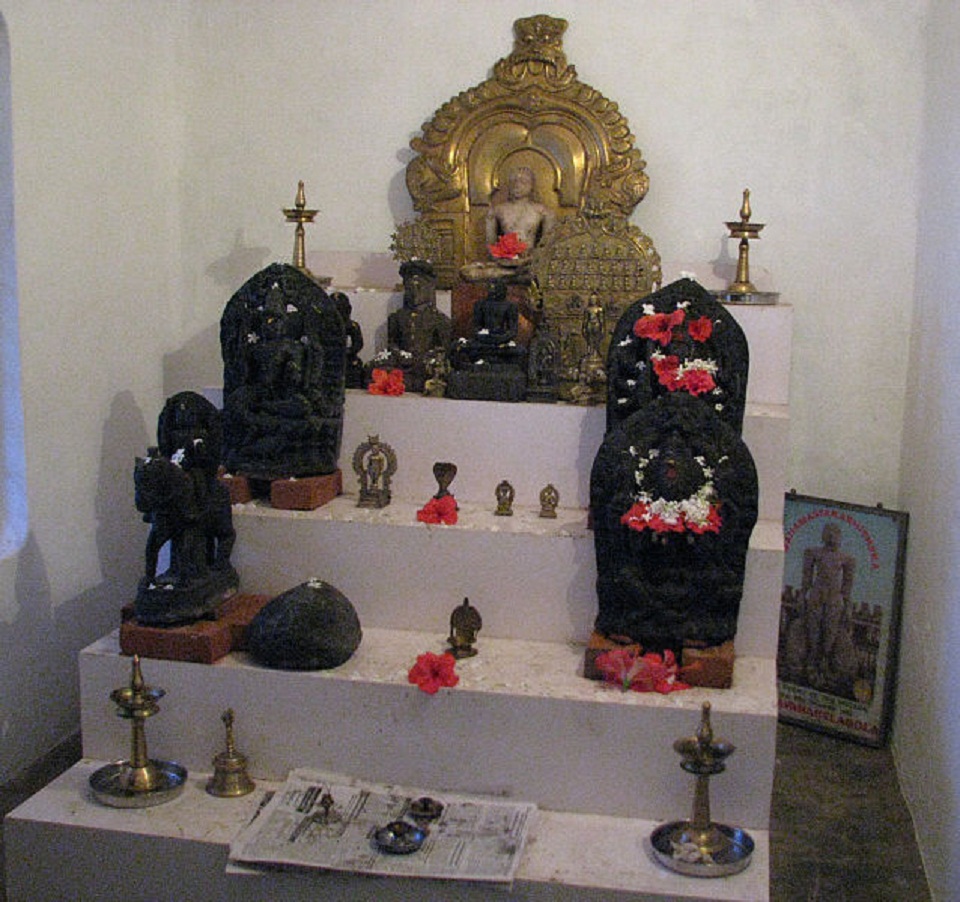Killikkurussimangalam (also known as Lakkidi) is a village around eight km from nearby town Ottappalam in Palakkad . The river Nila (Bharatapuzha) flows through the southern border of Lakkidi.
The village got its name from the famous Lord Shiva temple- Sri Killikkurussi Mahadeva Kshetram situated in the village. The temple is very old and legends say it has been founded by the sage Sree Śuka Brahma Hrishi.
The village is the birth place of famous Malayalam satire poet and founder of the Ottamthullal art form, Kunchan Nambiar (Rama panivada). The house, where Kunchan Nambiar was born- Kalakkathu Bhavanam, is now a cultural central, under taken by Department of Culture of Kerala State Government. There is also a library situated here in memory of Kunchan Nambiar called Kunchan Smaraka Vayanasala- Kunchan Memorial Library.
Legendary Koodiyattam and Chakyar koothu artist and noted Natyashasthra scholar Nātyāchārya Vidūshakaratnam Padma Shri Guru Mani Madhava Chakyar, who was the authority of Abhinaya (acting) was also lived here. His home is near to the Killikkurussi Mahadeva temple. It is also the hometown of one of Chakyar's prominent disciples, Guru Kelu Nair.
Famous Sanskrit scholar Koppattu Achutha Pothuval was also lived near the temple.
Sree Sankara Oriental High School- previously known as Balakollasini Samskritha Pathasala, is the oldest high school in this area, and stays for the education of the poor. It was started by the great Sanskrit scholar and teacher Panditaratnam Pazhedathu Sankaran Nampoothiripad. This is one of the six schools in Kerala where Sanskrit is the Major Language.
There is a sacred temple-pond (Ambalakkulam) near to Sri Killikkurussi Mahadeva Temple, where pilgrims and visitors bathe.
Reference:


















































